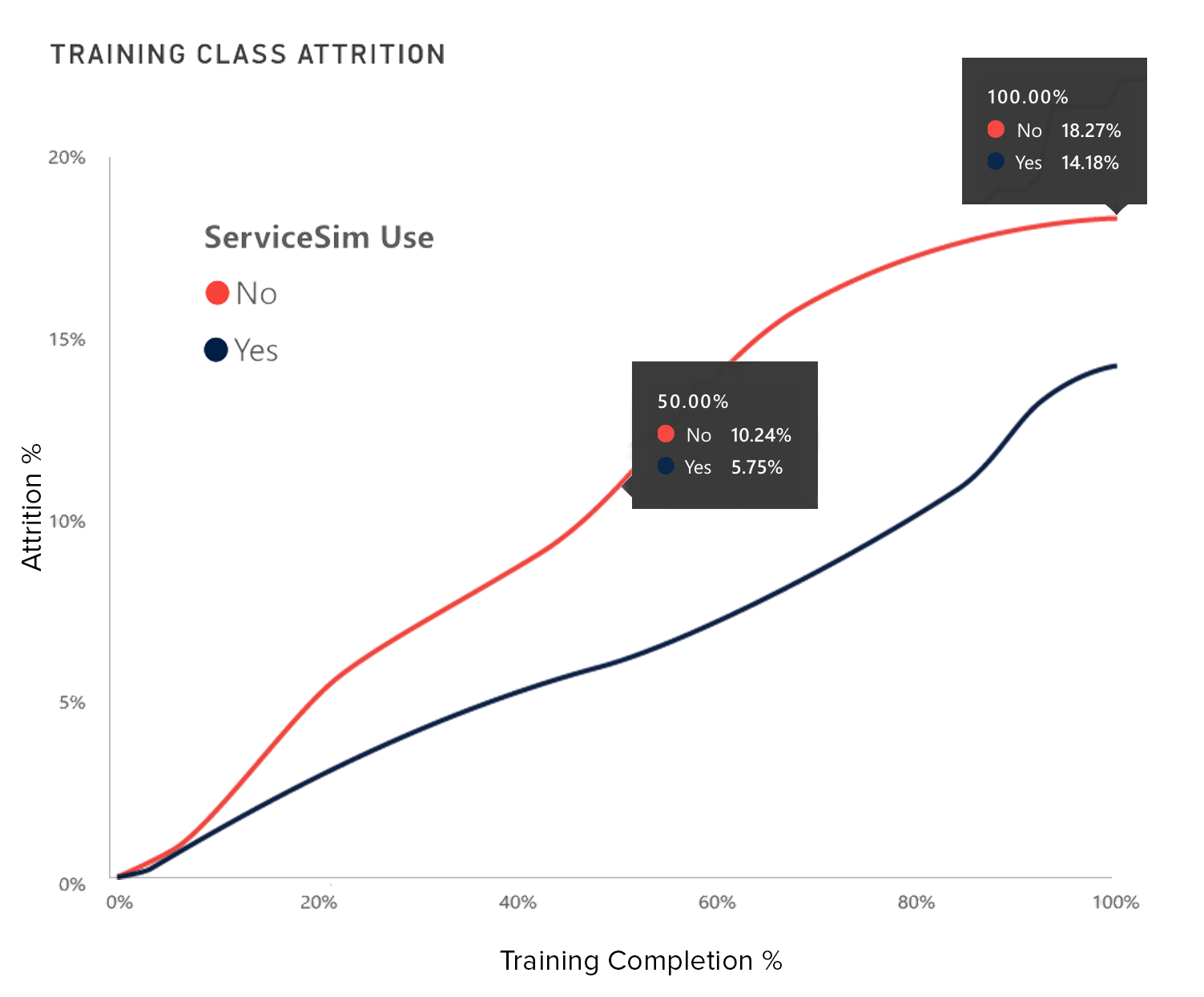The allure of AI in contact centers is undeniable. From automating routine tasks to providing personalized recommendations, AI promises to revolutionize how businesses interact with their customers. With advancements in natural language processing (NLP), machine learning (ML), and automation technologies, the potential for AI-driven customer service solutions seems limitless.
However, the rush to incorporate AI into customer-facing roles has led to some high-profile mishaps. We’ve all heard stories of chatbots providing nonsensical answers or virtual assistants misunderstanding customer inquiries. These public instances serve as a cautionary tale, highlighting the importance of a thoughtful and phased approach to AI integration.
Starting Small and Smart
Before unleashing AI on your customers, it’s prudent to start with non-customer-facing applications. One effective strategy is to use AI as a training or agent guidance tool within your contact center. Here’s why this approach makes sense:
- Risk Mitigation: By deploying AI in a non-customer-facing role, you minimize the risk of exposing customers to potential hiccups or inaccuracies in AI-driven interactions. This allows you to iron out any issues and build confidence in AI’s capabilities before going live with customer interactions.
- Agent Empowerment: AI can be a valuable ally for your customer service agents. It can assist them in finding relevant information, suggesting responses, and even predicting customer needs based on data analysis. This not only boosts agent productivity but also enhances the overall customer experience.
- Continuous Improvement: Starting small with AI allows you to gather data and feedback from agents, refining the AI algorithms over time. This iterative approach ensures that AI becomes increasingly effective and reliable in supporting customer interactions.
- Scalability: Once you’ve established the effectiveness of AI as a training or guidance tool, you can gradually expand its role to include customer-facing functions. This scalable approach enables you to grow your AI capabilities in tandem with your organization’s needs and capabilities.
Best Practices for AI Integration
When implementing AI in your contact center, consider the following best practices:
- Define Clear Objectives: Identify specific areas where AI can add value, whether it’s streamlining workflows, improving response times, or enhancing decision-making processes.
- Collaborate with Stakeholders: Involve agents, IT teams, and CX leaders in the AI implementation process. Their insights and expertise can inform the development of AI solutions that align with business goals and customer expectations.
- Monitor Performance Metrics: Regularly assess AI performance metrics such as accuracy rates, response times, and customer satisfaction scores. Use this data to fine-tune AI algorithms and address any issues proactively.
- Provide Ongoing Training: Continuously train agents on how to leverage AI tools effectively. Encourage feedback from agents to identify areas for improvement and optimize AI utilization.
By starting small with non-customer-facing applications, contact center managers can mitigate risks, empower agents, and pave the way for successful AI integration. With a strategic approach and a focus on continuous improvement, AI can become a valuable asset in delivering exceptional customer service.
Are you considering integrating AI into your contact center? We’d love to discuss our approach with you. Click “Get a demo” to get in touch.

